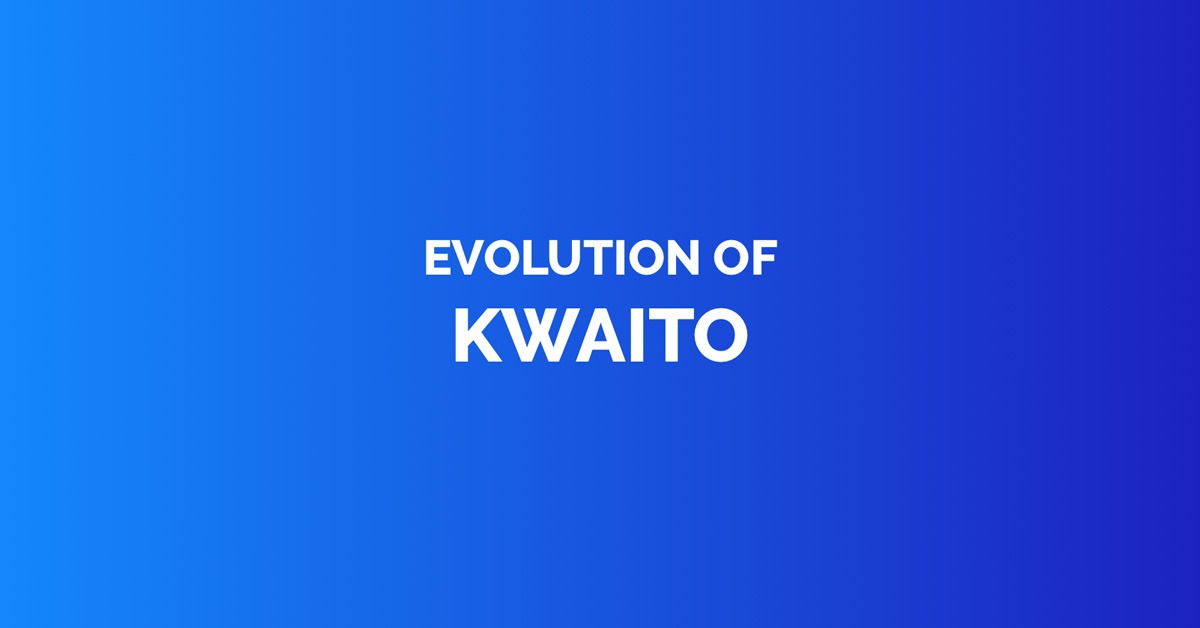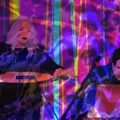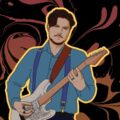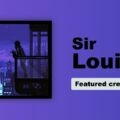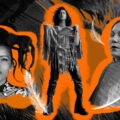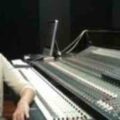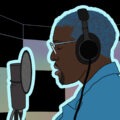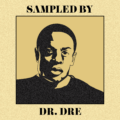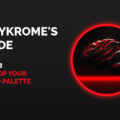History
For decades, South Africa was racially segregated by a white supremicist system called Apartheid, established by the Dutch and reinforced by the British. The anti-Apartheid movement brought an end to the system in 1994 and introduced majority rule, with Nelson Mandela famously becoming the country’s first black head of state. The end of Apartheid gave rise to a new era of freedom, and its soundtrack was kwaito.
Influences
Kwaito is both a celebration of freedom and a peek into South African ghetto life. Sonically, kwaito comes from Afro pop, particularly Mbaqanga (a 1960s South African genre with rural Zulu roots). Artists like Arthur Mafokate and M’Du fused the sounds of Mbaqanga with popular western music like hip hop and house to create the distinct sound of kwaito.
Sound
Kwaito is generally played at a slower pace than most house music and features simple percussion loops, groovy or wobbly bass lines, energetic vocals and synth stabs. Kwaito vocals borrow their rhythm from hip hop but are typically more melodic.
Penny Penny – “Shichangani”
Limpopo, 1994
The Korg M1 synth sound, a house standard around this time, combines perfectly with the particular vocal style of South African music.
Arthur – “Kaffir”
Soweto, 1995
Arthur Mafokate tells boss not to call him “Kaffir” in kwaito’s first major hit.
M’Du – “Tsiki Tsiki”
Soweto, 1995
M’Du uses a warbling bassline to create a funky track with simple dreamy synth overtones.
Boom Shaka – “Qcwala”
South Africa, 1998
Boom Shaka was a pioneering kwaito group guided by Don Laka. In “Qcwala”, somewhat muted keys and a classic house beat form a smooth bed for Boom Shaka’s particular vocal stylings.
Arthur Mafokate – “Oyi, Oyi”
Soweto, 1998
In this video Arthur Mafokate adopts a gangster look, but the music is still right down the middle when it comes to the mellow beat, catchy bassline and funky percussion.
M’Du – “24 Seven”
Soweto, 1999
In South Africa, M’Du is called The Godfather, as he was one of the originators of the kwaito sound. Five years after it began, he pushed the genre using unique samples and guitar riffs, while sticking close to the sound he helped create.
Zola – “Mdlwembe”
Soweto, 2000
Zola’s record company billed him as “The second biggest brand after Mandela” and they weren’t far off. He was the zeitgeist of the original kwaito house movement, bringing together dark stings from gangster rap with the upbeat funky vibe found in classic kwaito music.
DJ Spoko – “Azange”
Soweto, 2013
The late DJ Spoko founded and popularized a kwaito sub-genre called Bacardi house in his hometown of Tzaneen with tracks like “Azange”. Bacardi house is credited with inspiring gqom, a newer genre of South African house.
Mafikizolo – “Khona”
Soweto, 2013
Multi South African Music Award winning duo Mafikizolo’s “Khona” brings a more traditional tribal feel than many kwaito songs.
Kwesta – “Vur Vai”
Gauteng, 2018
Kwesta’s distinctive throaty vocals and flute sample make for a very distinctive and modern addition to the genre.
Samthing Soweto – “Akulaleki”
Soweto, 2018
The classic 90s synth stabs are replaced with a more modern version, and along with throaty vocals and polished percussion production make “Akulaleki” a great update to the genre.
Tresor & Msaki – “Sondela”
Soweto, 2018
This kwaito track features slick production and a varying kick drum but has the classic seductive vocals with a subtle edge.
